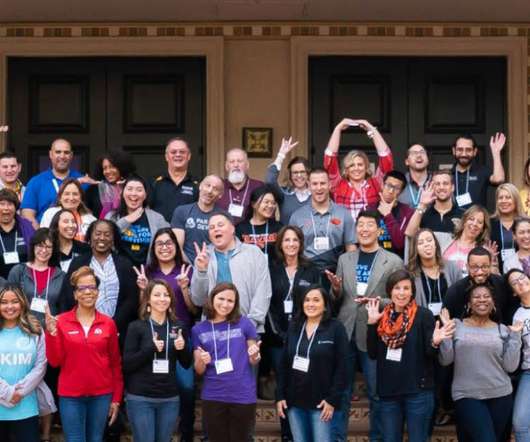Bridging the Gap From Education to Employment
The University Innovation Alliance
SEPTEMBER 8, 2022
Lack of adequate career preparation can be especially harmful to students from low-income backgrounds seeking to expand their career options and increase their lifelong earning potential through college education. These key student needs catalyzed innovative career readiness solutions that were pilot tested on each campus.













Let's personalize your content